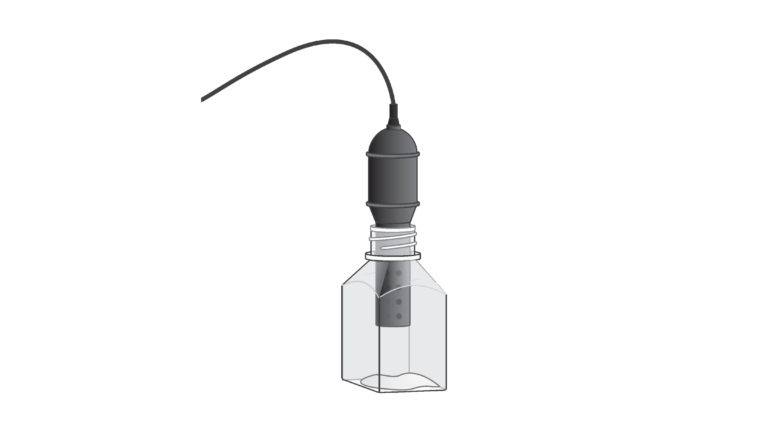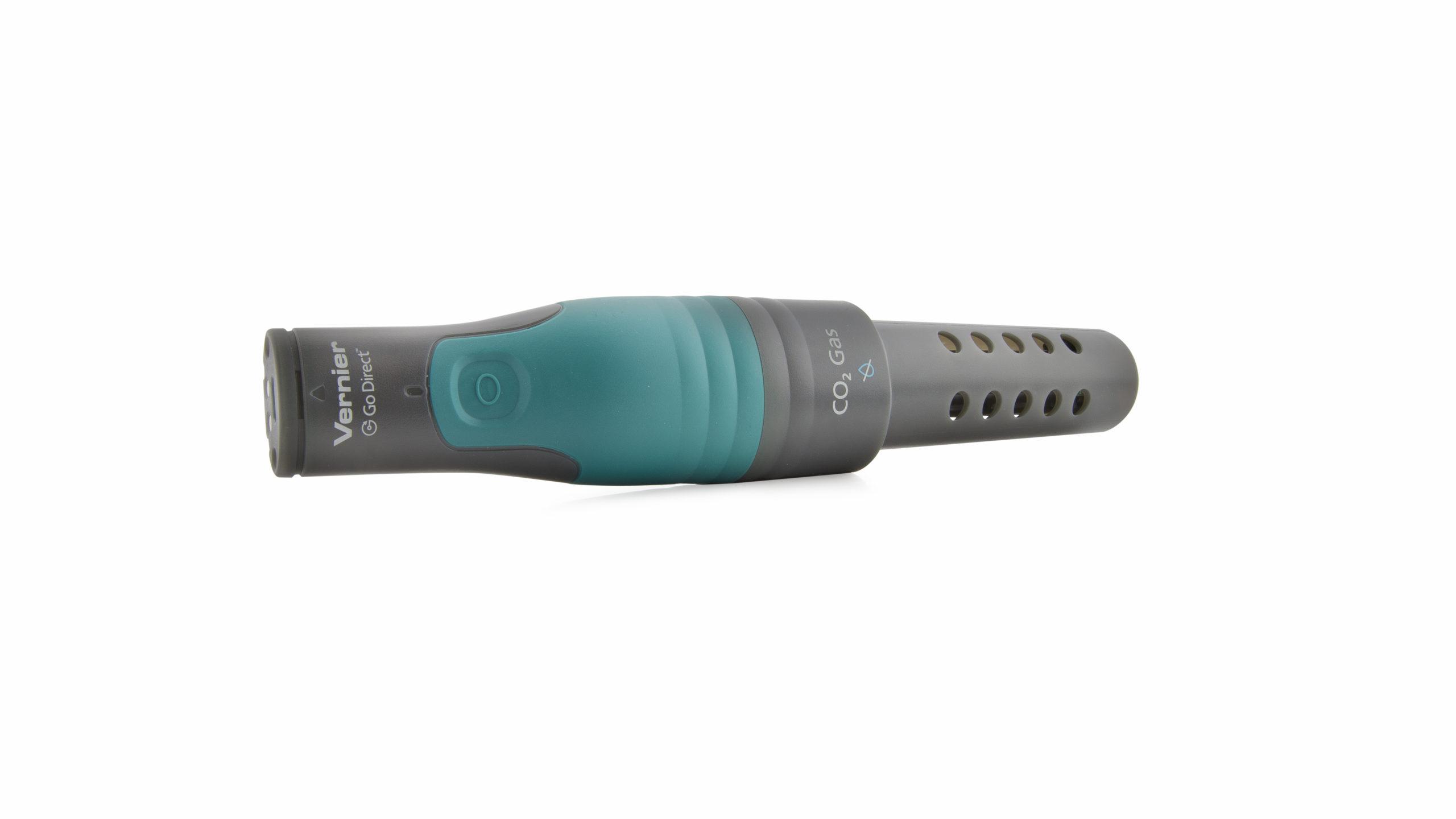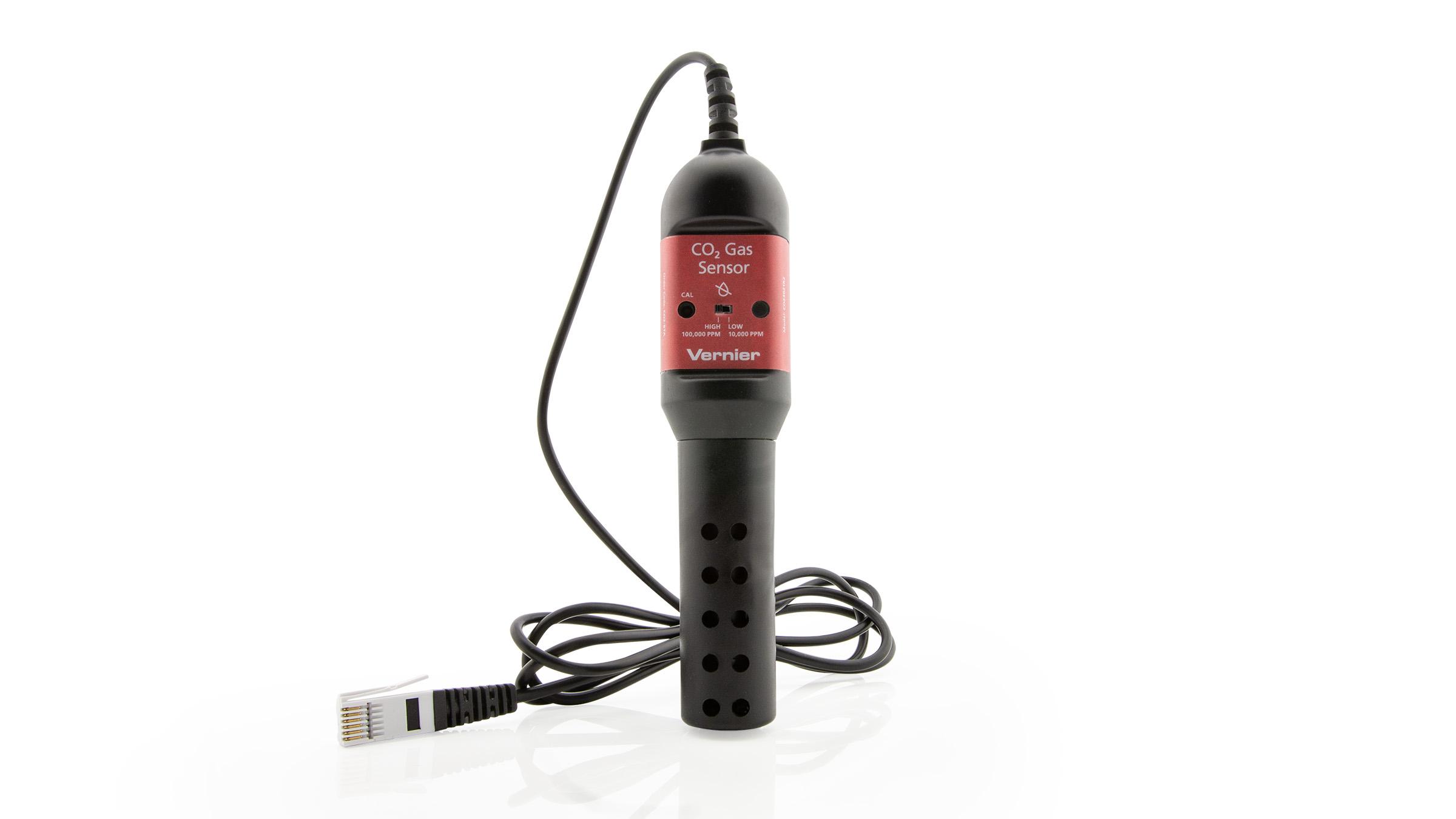
Introduction
Temperature changes have profound effects upon living things. Enzyme-catalyzed reactions are especially sensitive to small changes in temperature. Because of this, the metabolism of poikilotherms, organisms whose internal body temperature is determined by their surroundings, are often determined by the surrounding temperature. Bakers who use yeast in their bread making are very aware of this. Yeast is used to leaven bread (make it rise). Yeast leavens bread by fermenting sugar, producing carbon dioxide, CO2, as a waste product. Some of the carbon dioxide is trapped by the dough and forms small “air” pockets that make the bread light. If the yeast is not warmed properly, it will not be of much use as a leavening agent; the yeast cells will burn sugar much too slowly. In this experiment, you will watch yeast cells respire (burn sugar) at different temperatures and measure their rates of respiration. Each team will be assigned three temperatures by your teacher and will share their results with other class members.
You will observe the yeast under aerobic conditions and monitor the change in concentration of carbon dioxide released by the yeast. When yeast burn sugar under anaerobic conditions, ethanol (ethyl alcohol) and carbon dioxide are released in a process called fermentation. When yeast burn sugar under aerobic conditions, water and carbon dioxide are released in a process known as oxidative respiration. Thus, the metabolic activity of yeast may be measured by monitoring the concentration of carbon dioxide produced during a specific period of time.
Objectives
In this experiment, you will
- Use a CO2 Gas Sensor to measure the concentration of carbon dioxide produced during respiration.
- Determine the rate of respiration of yeast at different temperatures.
Sensors and Equipment
This experiment features the following sensors and equipment. Additional equipment may be required.
Option 1

Option 2

Ready to Experiment?
Ask an Expert
Get answers to your questions about how to teach this experiment with our support team.
- Call toll-free: 888-837-6437
- Chat with Us
- Email support@vernier.com
Purchase the Lab Book
This experiment is #16A of Biology with Vernier. The experiment in the book includes student instructions as well as instructor information for set up, helpful hints, and sample graphs and data.

